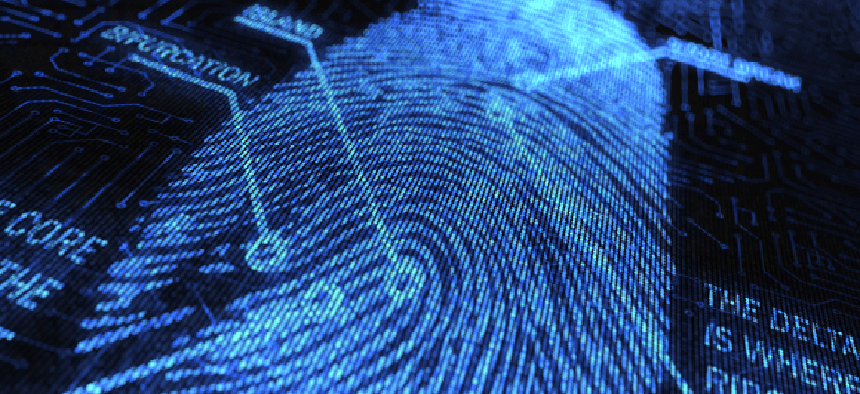In search of better biometrics

The National Institute of Standards and Technology has released new biometric samples researchers can use to test their authentication technology.
The National Institute of Standards and Technology has released new biometric samples that researchers can use to test their authentication technology.
The files, which are available on the NIST website, are organized into three databases containing fingerprints and facial images. They represent the first in what NIST officials said is intended to be an expanding collection of biometric resources.
“This all gets back to reproducible research,” NIST computer scientist Greg Fiumara said in a statement. “The data will help anyone who is interested in testing the error rates of biometric identification systems.”
Some of the fingerprints were collected in the 2017 Nail to Nail Fingerprint Challenge, run by NIST and the Intelligence Advanced Research Projects Activity, that collected fingerprints from a multitude of contactless devices, as well as a set of plain palm impressions. The challenge aimed to improve live and forensic biometric fingerprint capture and recognition by eliminating plain or "slap" fingerprint captures and automating the collection of "rolled" fingerprints that contain significantly more data because they collect information from one side of the nailbed to the other.
Other fingerprints in the database are digitized versions of ink prints from 900 old arrest cards collected in the course of law enforcement activities from persons now deceased. They will help manufacturers develop systems that will be interoperable with hard-copy ink records, which many law enforcement agencies are likely to continue using for some time.
The new biometric samples also include NIST's first “multimodal” dataset, featuring scans of a subject's face, fingerprints and iris so researchers can develop systems that combine identification approaches, such as a photograph from the individual’s face in addition to fingerprints.
“This opens up possibilities for types of multimodal research that haven’t been done before,” Fiumara said. “We want to get more secure and more accurate identification, as multimodal systems are harder to spoof.”
The data has been retained with archival-grade lossless compression -- a step beyond past research datasets, which did not retain as much fidelity to the original image, Fiumara said.
All of the individuals represented in the data have -- if they are not deceased -- formally consented to the inclusion of their biometric and demographic data and its distribution, Fiumara said. The data has been scrubbed of identifying information such as their names and places of residence.
Each dataset in the series has an accompanying user’s guide offering background about collection methods and other details useful to researchers.
NEXT STORY: Ransomware defense for local governments





